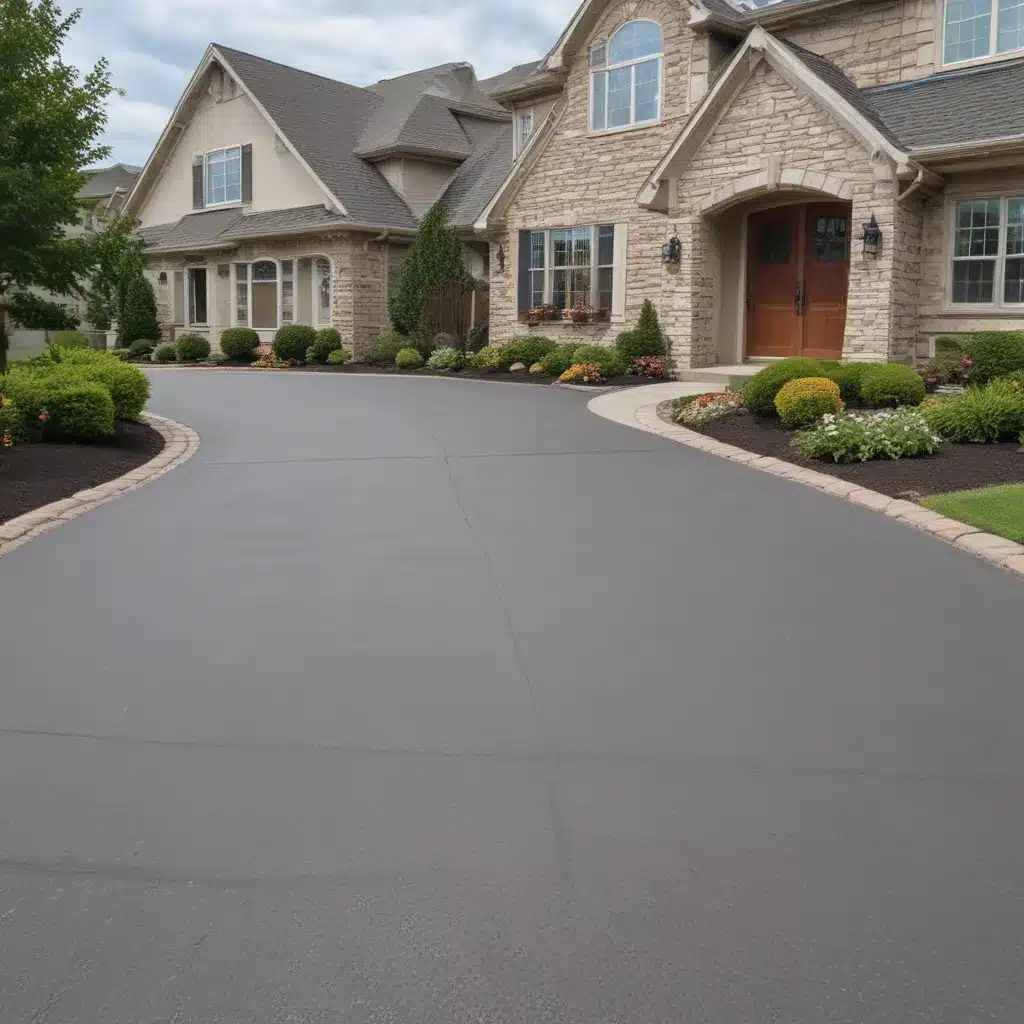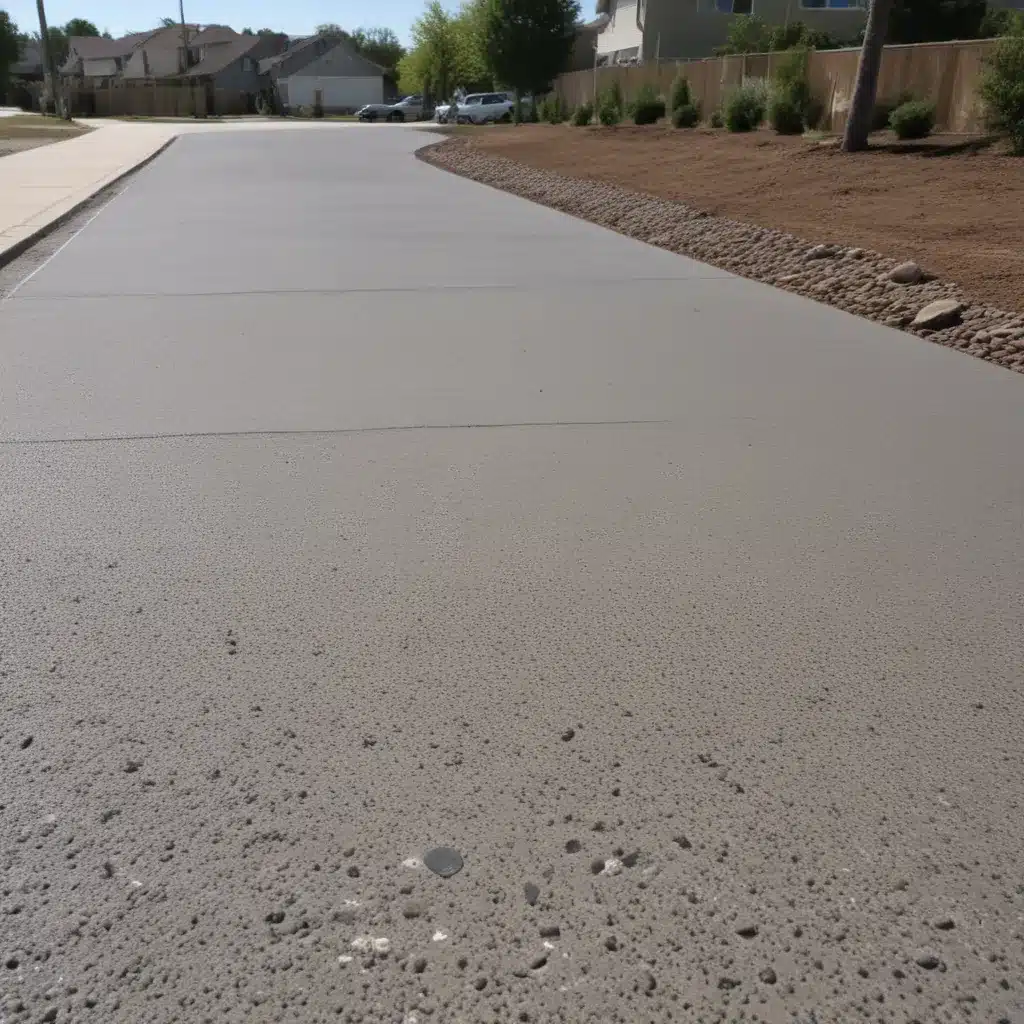Asphalt driveways are common in many homes across the world. They are durable, affordable, and easy to maintain. However, just like any other surface, asphalt driveways require regular maintenance to keep them in good condition. In this guide, we’ll take you through all you need to know to maintain your asphalt driveway and keep it looking new.
Why Maintain Your Asphalt Driveway?
Maintaining your asphalt driveway has several benefits. First, it prolongs its lifespan. Regular maintenance prevents cracks, potholes, and other forms of damage that can lead to costly repairs. Second, it enhances the aesthetic appeal of your home. A well-maintained driveway not only looks good but also adds value to your property.
How often should you maintain your asphalt driveway?
The frequency of maintenance depends on several factors, including the climate, traffic volume, and the age of your driveway. In general, it’s advisable to inspect your driveway at least once a year and carry out repairs as needed. If you live in an area with harsh winters or heavy rainfall, you may need to maintain your driveway more frequently.
Steps to Maintain Your Asphalt Driveway
Step 1: Clean Your Driveway
The first step in maintaining your asphalt driveway is to clean it. This involves removing dirt, debris, and any other foreign materials that may have accumulated on the surface. You can use a broom, leaf blower, or pressure washer to clean your driveway. Be sure to remove any oil or grease stains using a degreaser.
Step 2: Inspect Your Driveway
After cleaning your driveway, inspect it for any cracks, potholes, or other forms of damage. Use a screwdriver or any other sharp object to probe the surface and check for soft spots. Soft spots may indicate that the base layer of your driveway is damaged and needs repair.
Step 3: Repair Any Damage
If you find any cracks, potholes, or soft spots, you need to repair them immediately. Failure to repair such damage can lead to more extensive damage, which can be costly to fix. You can use a crack filler or patching compound to repair cracks and potholes. For soft spots, you may need to remove the damaged section and replace it with new asphalt.
Step 4: Sealcoat Your Driveway
Sealcoating is the process of applying a protective coating to the surface of your driveway. Sealcoating helps to prevent damage from UV rays, water, and other elements that can cause your driveway to deteriorate. You can either hire a professional to sealcoat your driveway or do it yourself using a sealcoat kit.
Step 5: Maintain Your Driveway Regularly
Regular maintenance is essential to keep your driveway in good condition. This includes removing any debris, filling any cracks or potholes, and resealing your driveway every two to three years. You should also avoid parking heavy vehicles or using snowplows on your driveway as this can cause damage.
Conclusion
Maintaining your asphalt driveway doesn’t have to be a daunting task. With regular cleaning, inspection, and repair, you can keep your driveway in good condition and prolong its lifespan. Remember to sealcoat your driveway every two to three years and avoid parking heavy vehicles or using snowplows on your driveway. By following these steps, you can ensure that your asphalt driveway remains in top condition for years to come.





